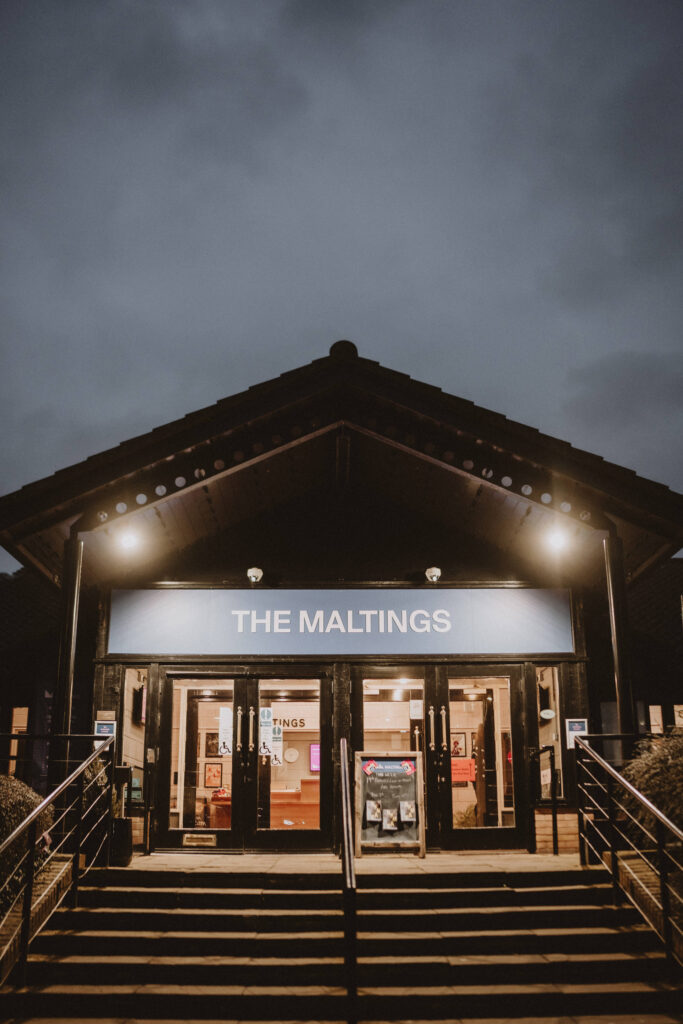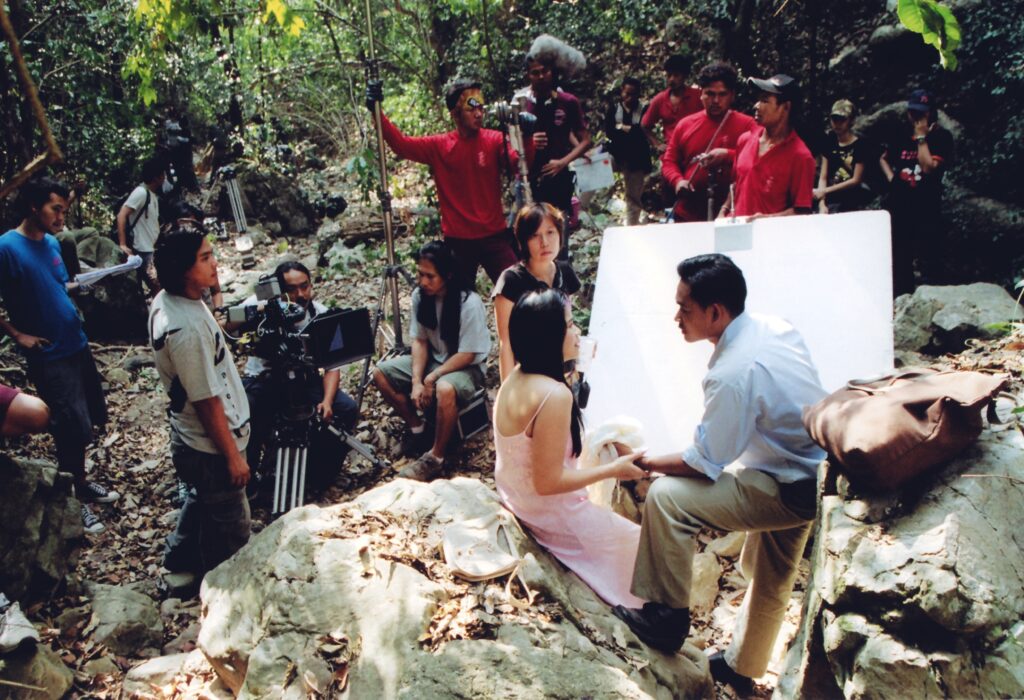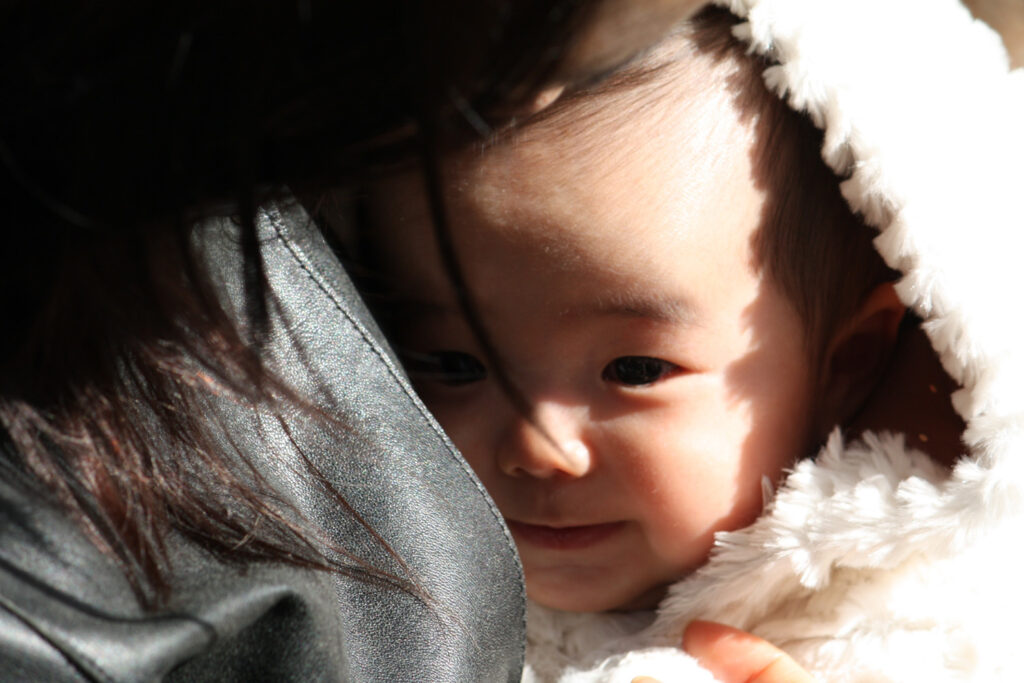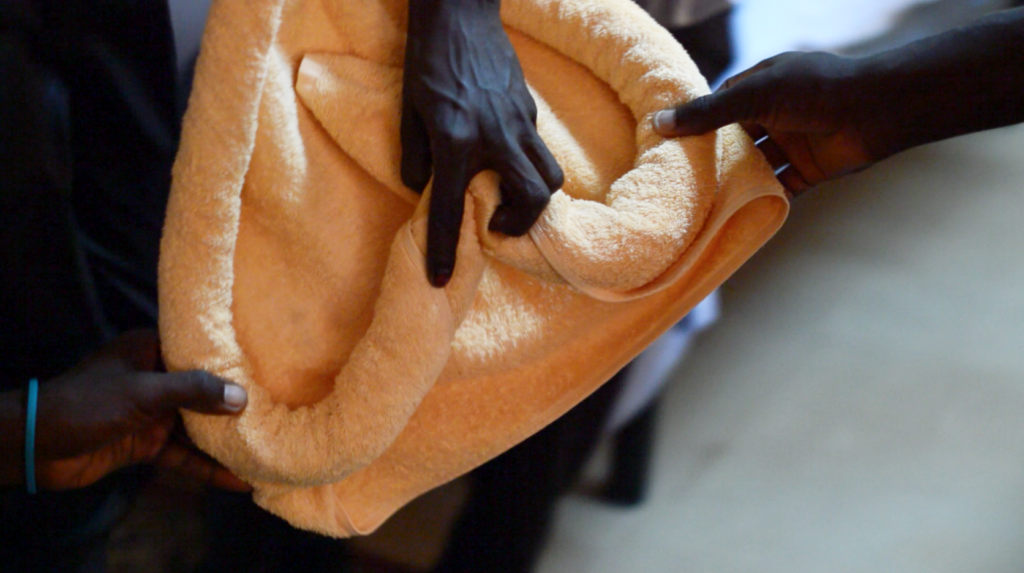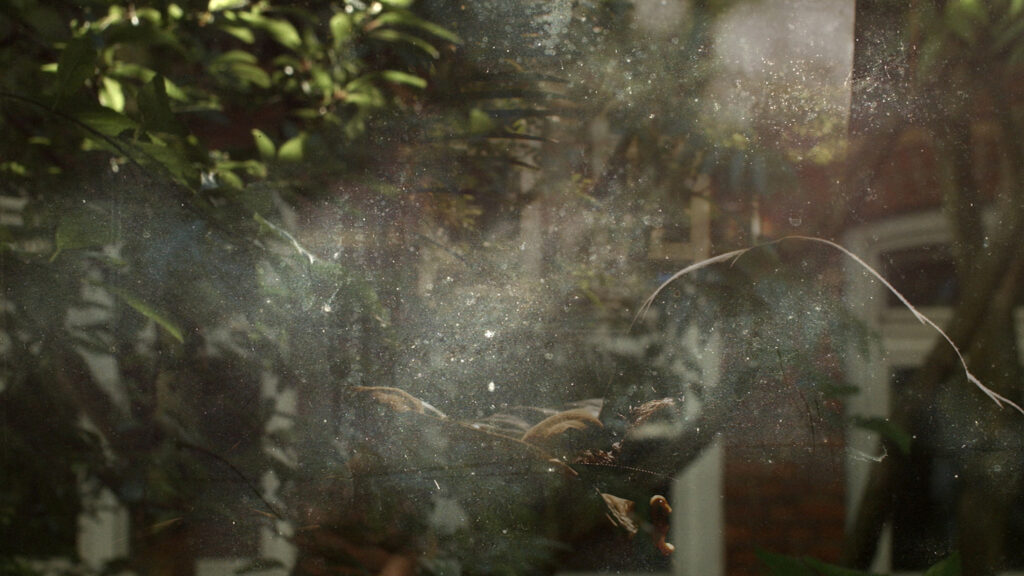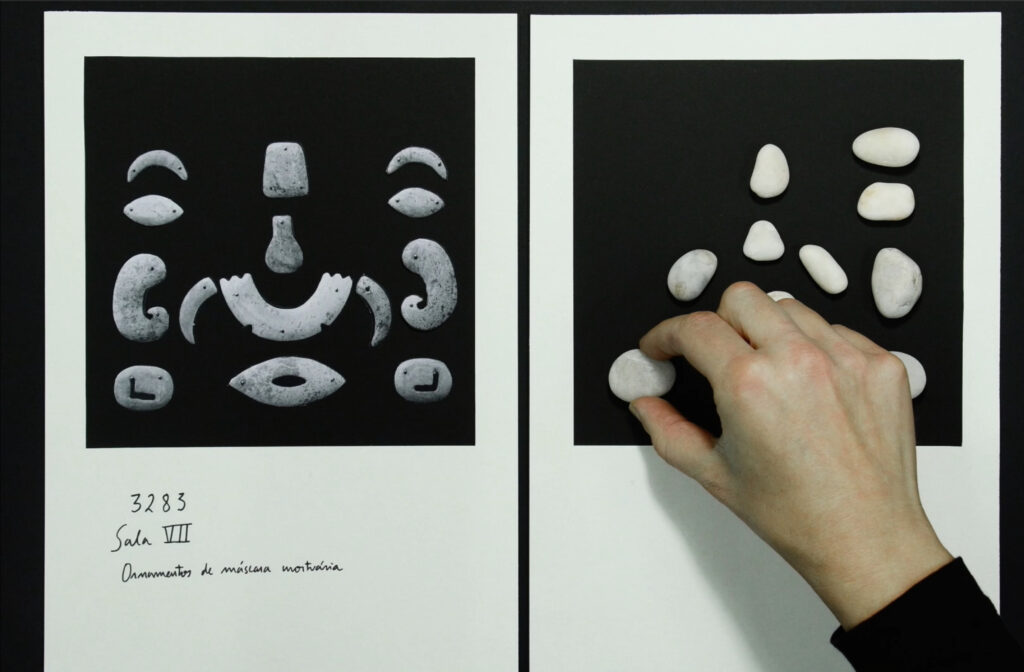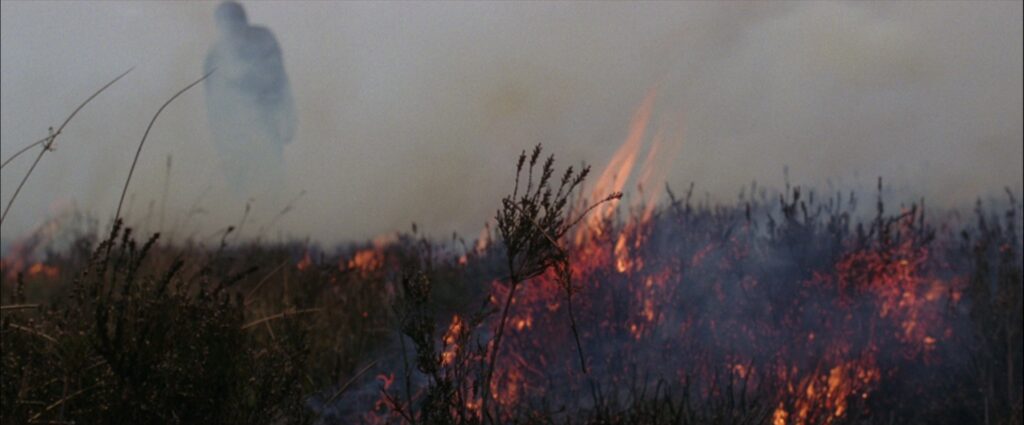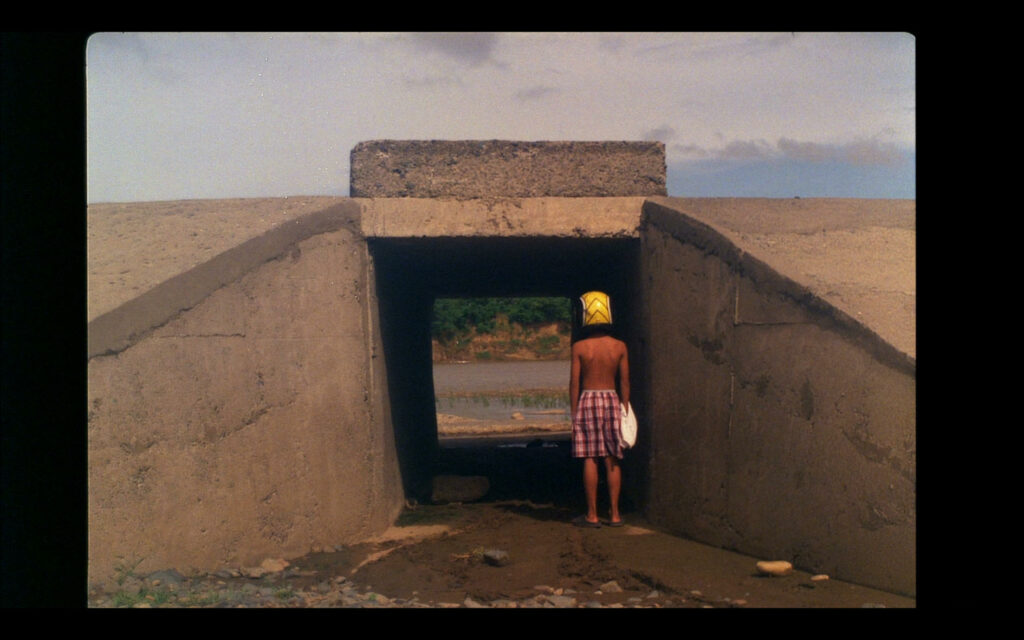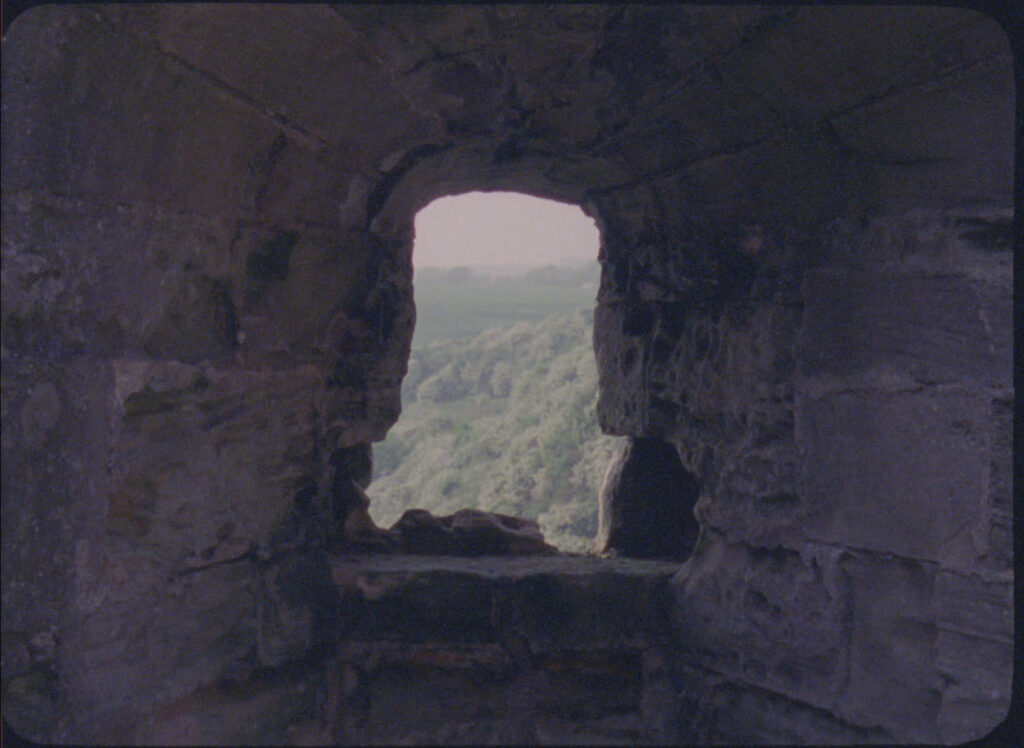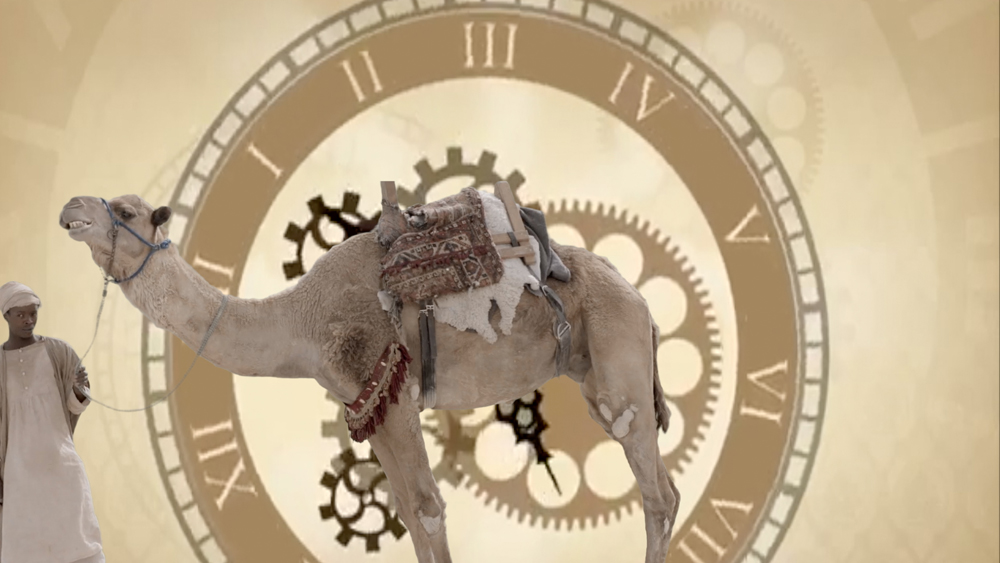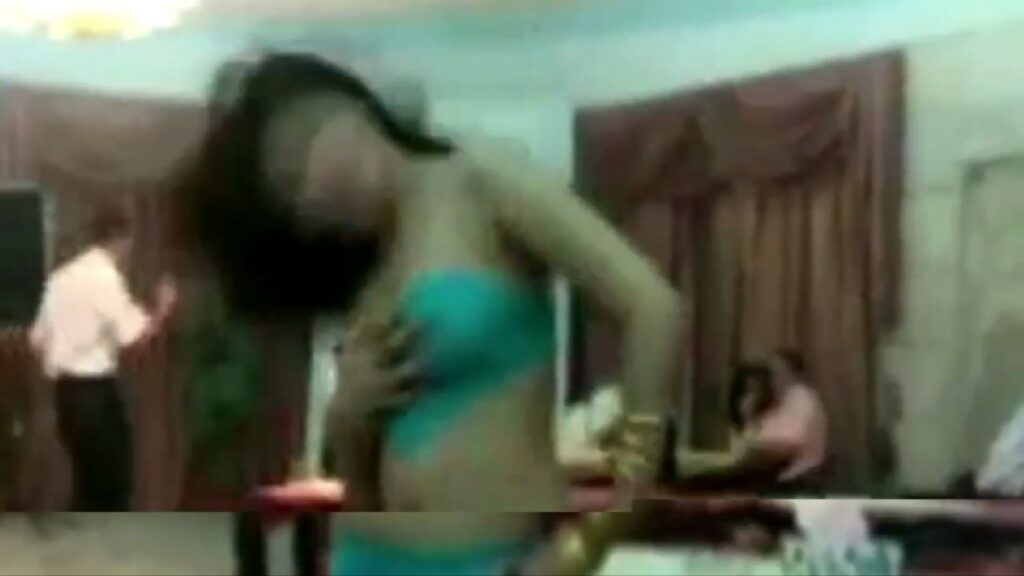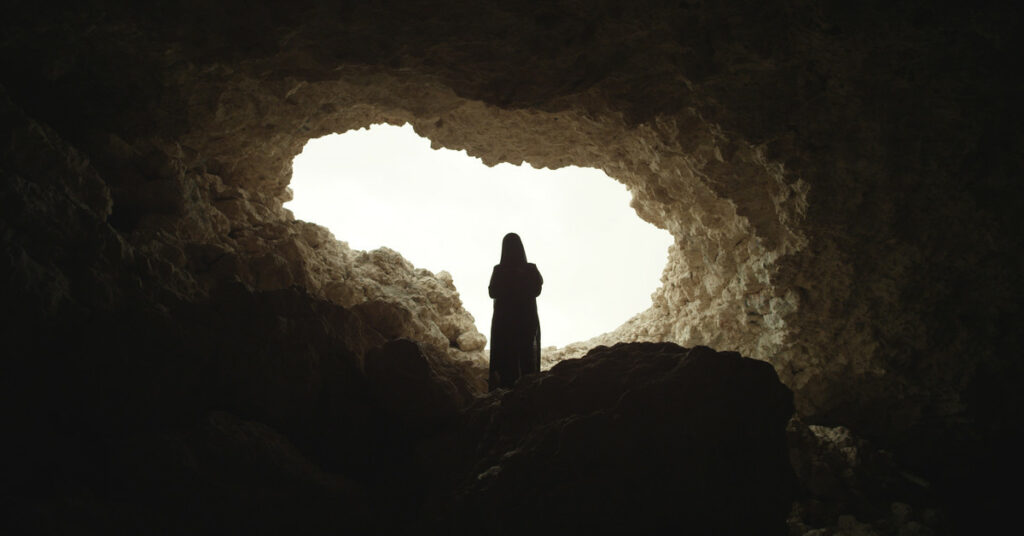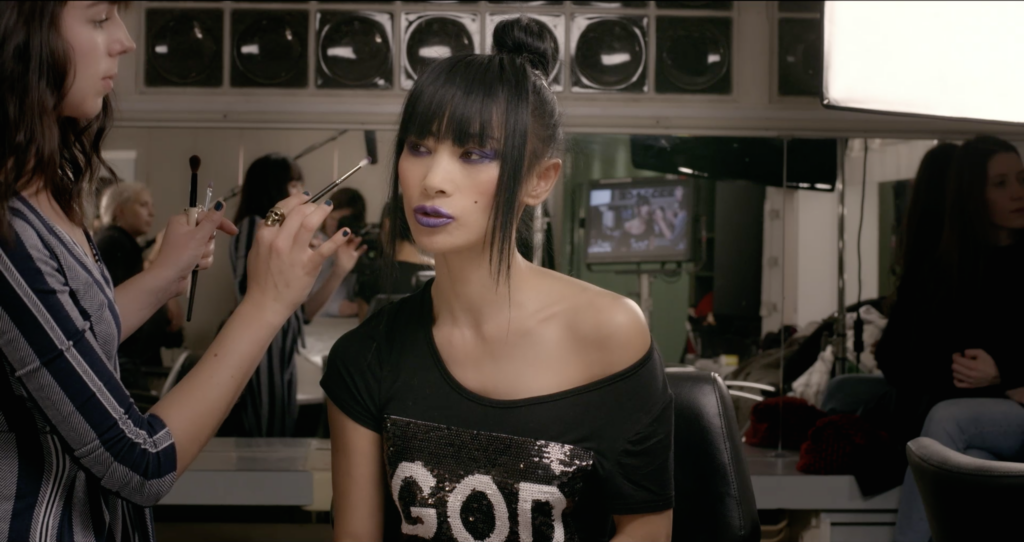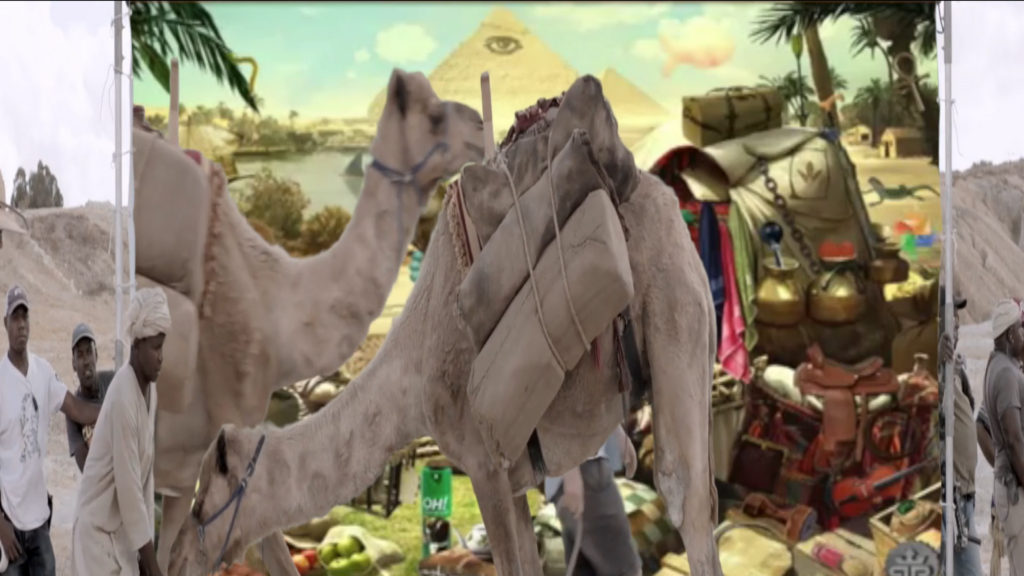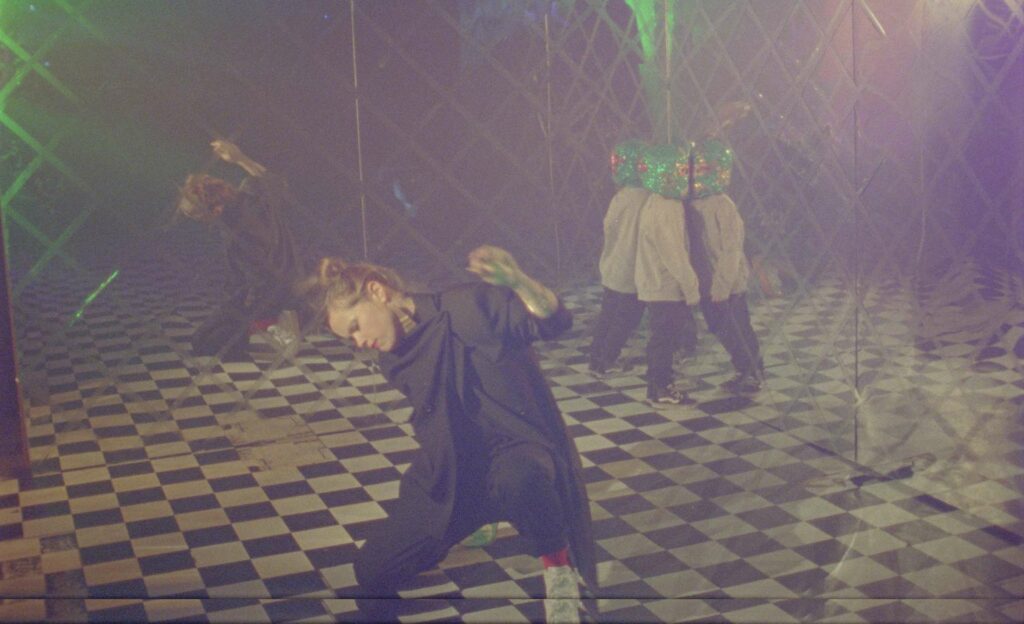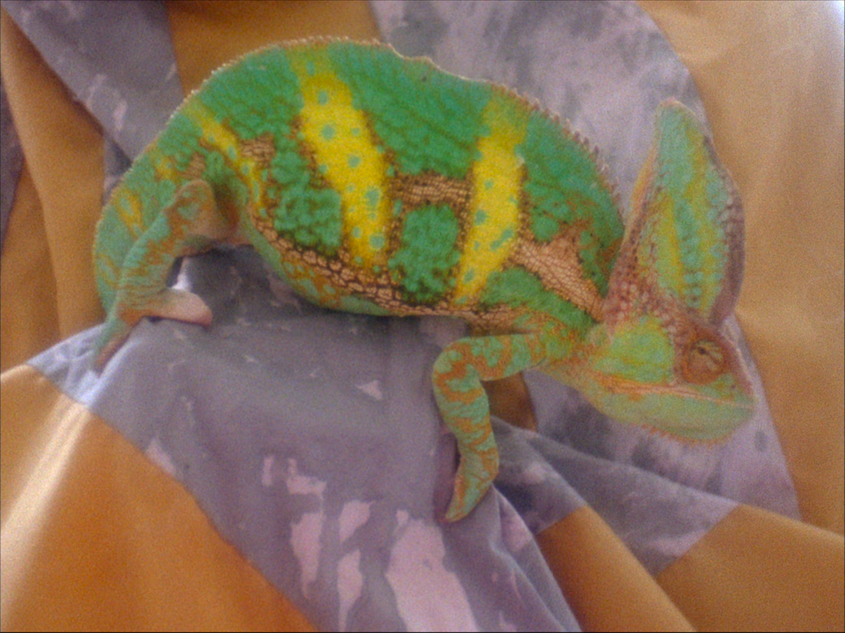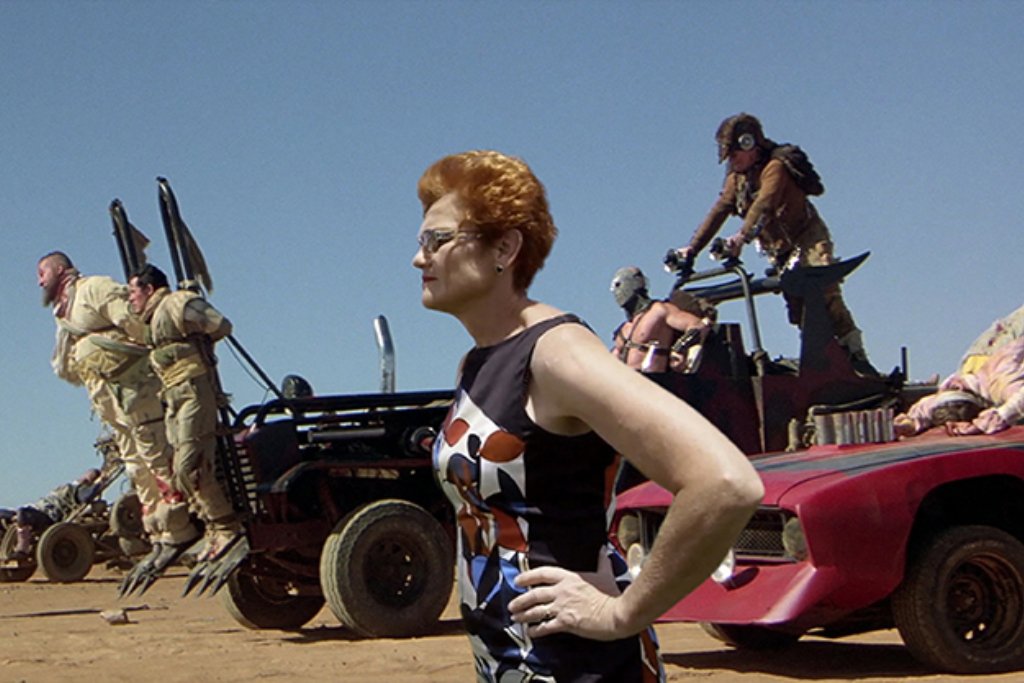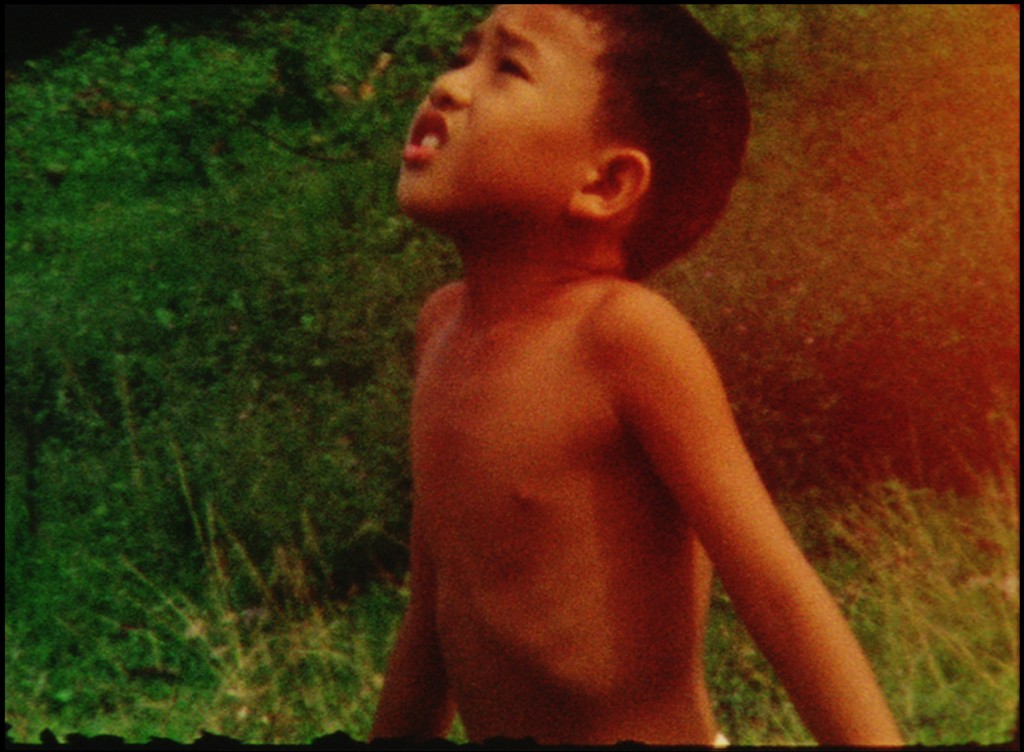Venue Introduction
This a large venue on 4 floors which includes a theatre and cinema, The Maltings Cafe Bar and the Henry Travers Studio. It’s a busy venue with a programme of films and theatre. This venue offers step-free access to all spaces and has a lift.
Entrance
There is ramped access on the left side of the main entrance or 8 wide steps with handrails on both sides. Their are either push doors at the main entrance or power assisted doors with a push button on the left side.
This entrance takes you to the foyer of the venue with a box office desk directly in front, the Henry Travers Studio through a door to the left and The Maltings Cafe Bar through a door to the right.
To access the theatre and cinema auditorium you need to either take the lift or the stairs. The lift is yellow and it is to the right as you come in. The stairs are also on the right with a yellow handrail on one side.
You need to take the lift to the lower levels or go down the stairs.
Venue Physical Access
Steps and Lifts: To access the theatre and cinema you need to get the lift or stairs to the lower ground levels. The lift has a maximum capacity of 630kg and can fit one wheelchair or mobility scooter at a time. The circle has an accessible seating section which is on the -1 lower ground level. This is accessible via the lift or down 16 stairs. There is more accessible seating options in the stalls which is on the -2 lower ground level. This is accessible via the lift or down 32 stairs and through the stage bar. If you are sitting in a non step-free seat, there are stairs to the seats and they have silver contrast edgings. All stairs outside and inside the auditorium have a handrail.
Room Description: A large theatre auditorium with a stage and cinema screen, raked seating, additional seating on a circle mezzanine and in boxes.
Doorways: Doorways into the auditorium are 112cm wide.
Seating: Fixed auditorium style padded seating with padded seat and back and no arms. Loose chairs with padded backs and seats and no arms, spaces for wheelchairs.
Temperature: Heated and warm, not much ventilation.
Venue Sensory Access
Lighting: Lighting in the stairways, corridors and theatre bar are from shaded lamps and are generally dim and warm. There are some bright round shaded fluorescent lights on the walls of the corridor on -3 level and in the toilets. In the auditorium it will be softly lit with a large colourful splash screen projected. There will be very low music playing.
Flooring: Smooth grey-beige carpets.
Sound: It is a large space and the ambient noise before, after and during breaks from people chatting can be quite loud.
Patterns: The walls in the corridors are white or red and are made from a combination of large blocks and small bricks creating a grid-like pattern. There is contrast between the red walls and chairs and the vertical black beams and gold features in the auditorium.
Smell: Neutral
Temperature: Heated, warm, hot
Toilets
There are gendered toilets on the -1 lower ground level. There is an accessible adapted toilet with babychange facilities and gendered toilets on the -3 lower ground level. All toilets are accessible via the lift or down the stairs with a handrail. The doorways of the toilets are 91cm wide.
Food/Drink
There is food and drink available at the Cafe Bar on the ground floor. The opening times are;
‘Opening hours for 2025 :
Tuesday – Saturday 9.30am – 4pm
Lunches served from 11.45am – 2.45pm
Drinks and home baking served until 3.45pm
Sundays/Mondays – CLOSED
There will be a bar service available one hour before every show/film.’
There are also drinks available at the Theatre Bar on the -1 lower ground floor level before and during events.
Emergency Evacuation
There are multiple emergency exits throughout the building, including step-free emergency exits, marked by illuminated green signs which will take you either to the outside of the building or external refuge points. Follow the signs and the directions by staff in the case of an emergency. The closest step-free emergency exit in the theatre is back through to the theatre bar and through a corridor exit marked with a green emergency exit sign. The closest step-free emergency exit in the Henry Travers Studio is through the marked emergency exits within the studio into a glass corridor which leads out to the carpark. The emergency meeting point is across the road outside the Sports Direct.


